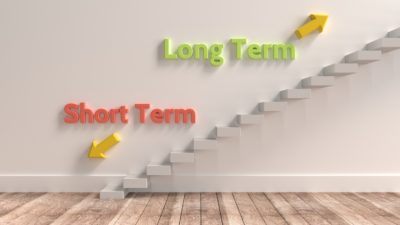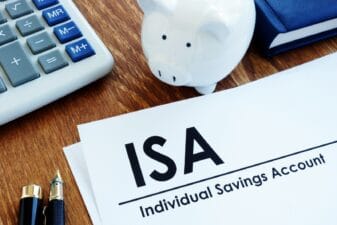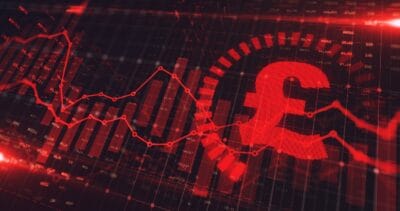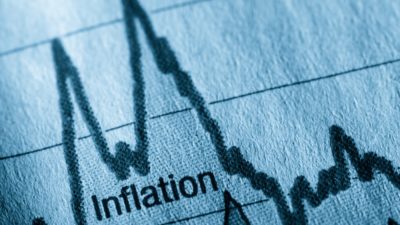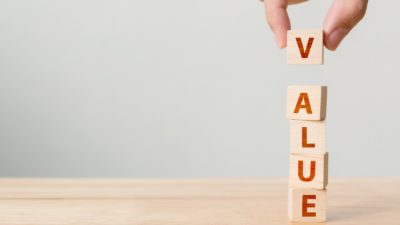Before I decide whether to buy a company’s shares, I always like to look at two core financial ratios — return on equity and net gearing.
These two ratios provide an indication of how successful a company is at generating profits using shareholders’ funds and debt, and they have a strong influence on dividend payments and share price growth.
Today, I’m going to take a look at oil supermajor and income favourite Royal Dutch Shell (LSE: RDSB) (NYSE: RDS-B.US), to see how attractive it looks on these two measures.
Return on equity
The return a company generates on its shareholders’ funds is known as return on equity, or ROE. Return on equity can be calculated by dividing a company’s annual profit by its equity (ie, the difference between its total assets and its total liabilities) and is expressed as a percentage.
Shell’s share price has risen by 28% over the last five years, while its dividend payout has risen by around 8%. Shell has delivered a respectable return on equity during that period, as these figures show:
| Royal Dutch Shell | 2008 | 2009 | 2010 | 2011 | 2012 | Average |
|---|---|---|---|---|---|---|
| ROE | 20.9% | 9.5% | 14.2% | 19.5% | 14.1% | 15.6% |
However, there are some concerns amongst Shell investors that the firm — like some of the other supermajors — is investing massive amounts in new projects, without achieving significant increases in production or reserves.
For example, last year Shell’s net capital expenditure was $29.8bn, but its reserves fell from 14,250 barrels of oil equivalent (boe) to 13, 556 boe, while production was almost unchanged.
What about debt?
A key weakness of ROE is that it doesn’t show how much debt a company is using to boost its returns. My preferred way of measuring a company’s debt is by looking at its net gearing — the ratio of net debt to equity.
In the table below, I’ve listed Shell’s net gearing and ROE alongside those of its peers, BP and French supermajor Total.
| Company | Net gearing | 5-year average ROE |
|---|---|---|
| BP | 13.8% | 14.3% |
| Shell | 10.1% | 15.6% |
| Total | 26.5% | 18.4% |
The figures above suggest to me that all three companies are delivering a broadly similar level of ROE, when gearing is taken into account. Shell’s low gearing appeals to me, and together with its $17.6bn cash balance, highlights the firm’s long-term financial stability.
Is Shell a buy?
Shell currently trades on an undemanding forward P/E of 8.6 times 2013 forecast earnings, and offers a prospective yield of 5.2%.
I recently added more shares to my Shell shareholding, and believe that the company remains an attractive buy for investors looking for a reliable long-term income.
Finding shares that can beat the market over a long period is hard, but if you already hold Shell stock, then you might be interested in learning about five star shares that have been identified by the Fool’s team of analysts as “5 Shares To Retire On“.
I own three of the shares featured in this free report, and I don’t mind admitting they are amongst the most successful investments I’ve ever made.
To find out the identity of these five companies, click here to download your copy of this report now, while it’s still available.
> Roland owns shares in Royal Dutch Shell and BP but does not own shares in Total.
